Or, in english, air does not boil, the slogan VW used to sell cars in Brazil. Want to know about the TL, the Zé do Caixão and the SP2? Did you know there was a SP1 too? After the jump to discover more!
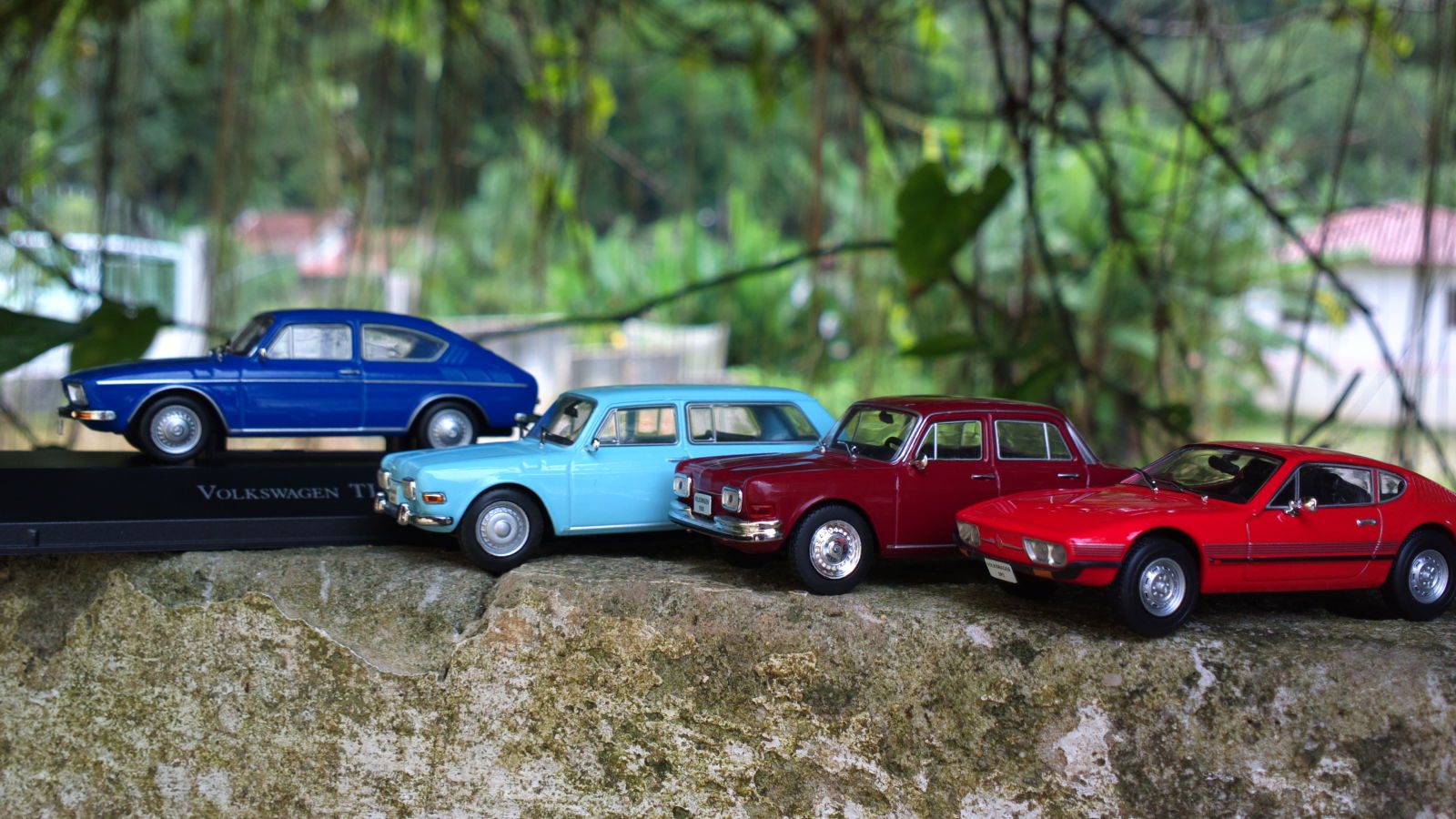
With the success of the Fusca and the Kombi, it was natural for VW to think about expanding their product range for Brazilian consumers. In the mid 60's Volkswagen do Brasil began some case studies with unused prototypes for the German VW Typ 3 which culminated with the presentation of the new VW 1600 on the 6th São Paulo’s Auto Salon, in 1968.
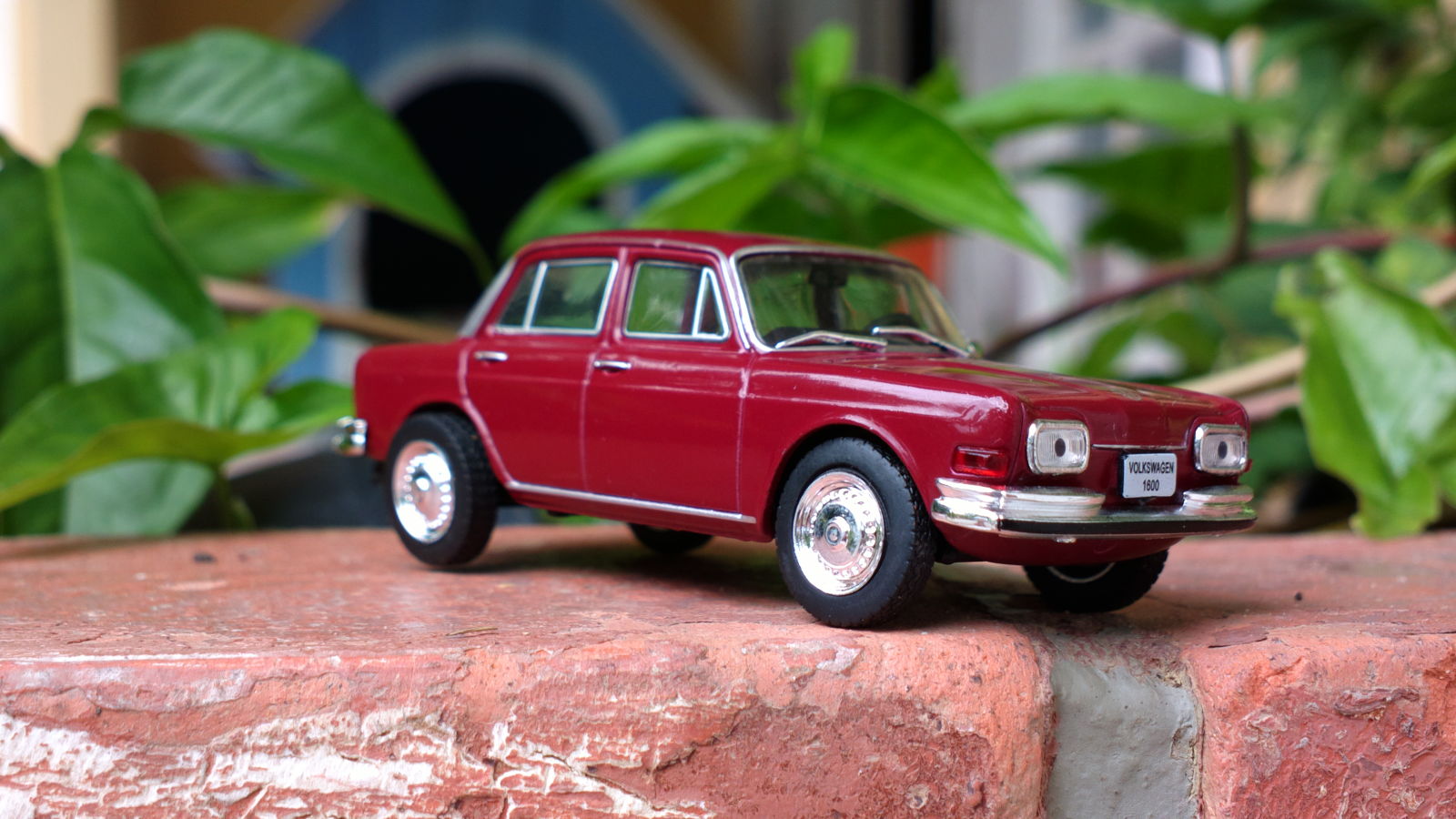
The VW 1600 was a nimble little saloon with a rear engine, a frunk, four doors (something very rare for a Brazilian car at the time) and enough space for four adults. Its 1,600 cc engine was good for some 50 horses, enough to push the small sedan up to 135 km/h!
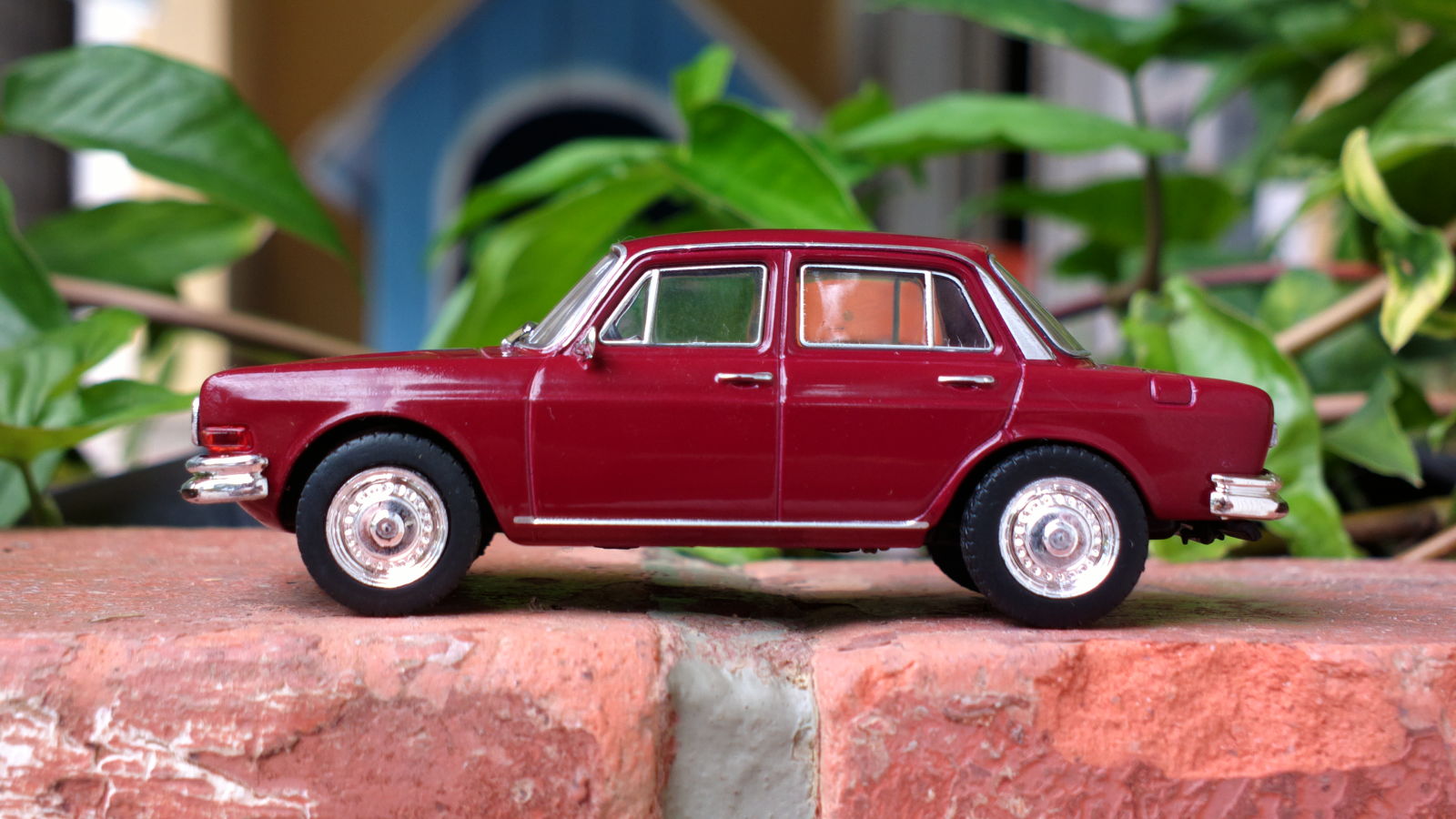
Thanks to its four doors, it quickly became a taxi-driver’s dream: A easy to fix aircooled VW with a large trunk, space for three passengers, economical on the gas and with easy access to the rear seats! Many of them were indeed used as taxis and this, I believe, was the main reason all four door cars were considered taxi-likes for many decades here.
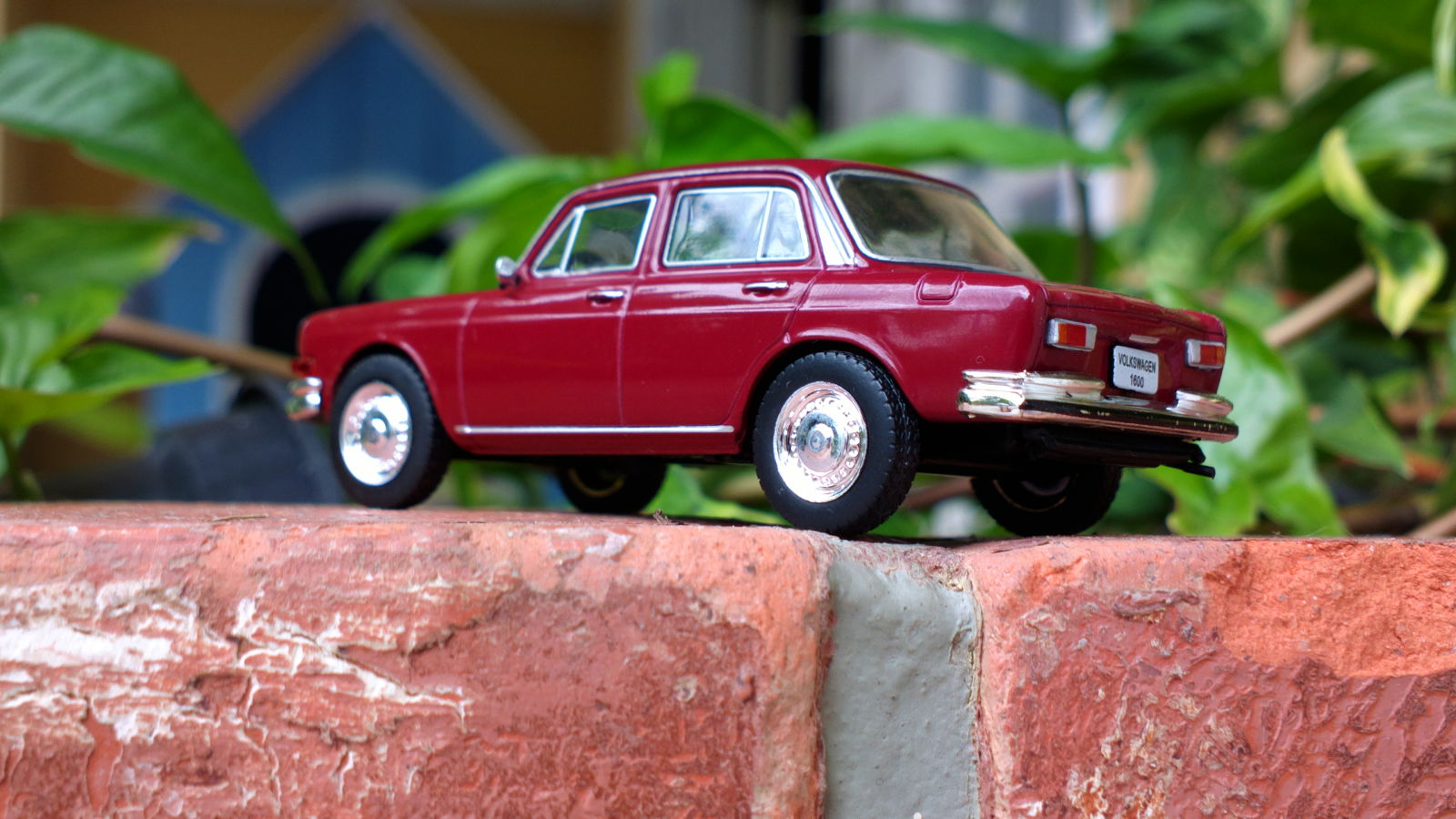
The ever so joking Brazilian drivers quickly dubbed the 1600 the Zé do Caixão, or Coffin Joe in english. During that time movie director Coffin Joe was active, and his movies were making a huge success. The nickname coffin or caixão came from the fact the 1600 design was so straight and rectilineous that it looked like a coffin with wheels!
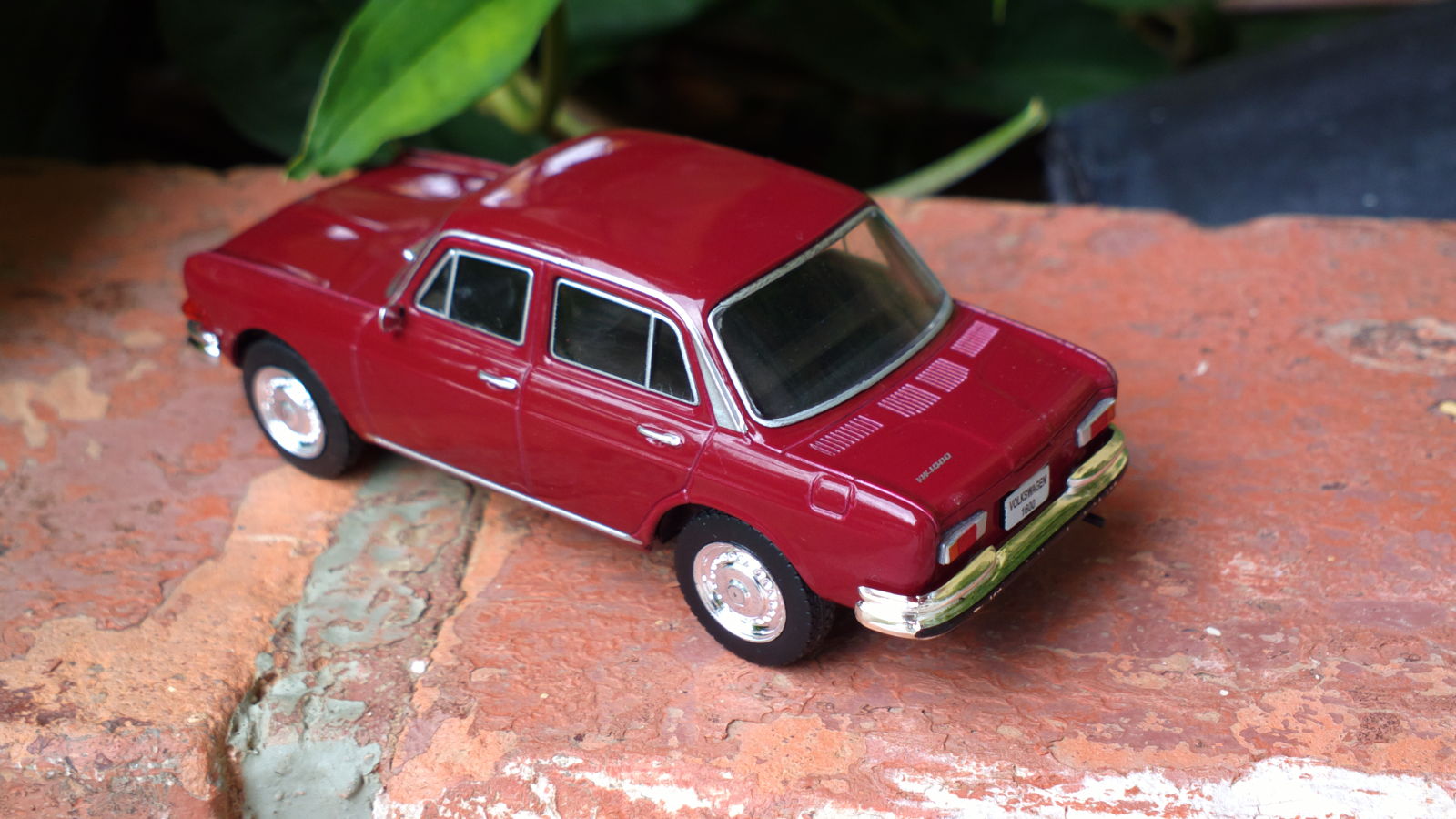
The rectangular head lights were offered only in ‘69 and ‘70, when they were replaced for four round lamps. With the début of the 1600 Variant in 1969, the 1600 sedan left production in 1971.

With the always perfect wagon design the 1600 Variant had two trunks! A frunk in the front and a trunk in the rear, the engine being “stored” under a lid. The TV spots mocked it showing a driver searching for the engine, because it was neither under the hood nor on the rear!
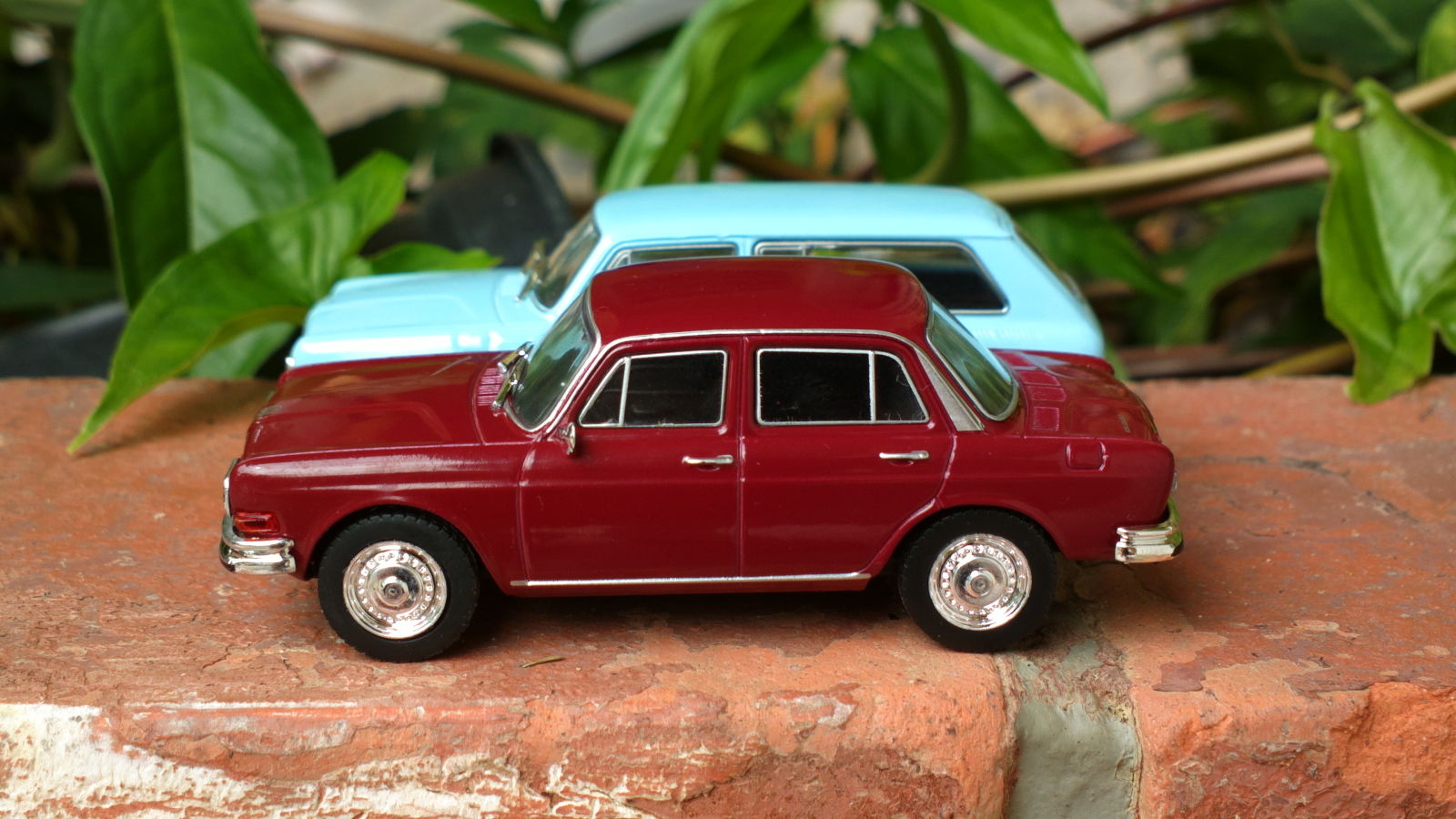
In 1969 it was introduced with the same “square” front as the 1600. With the longer roof it could carry five people plus 640 liters of baggage, very nice for a small family car!
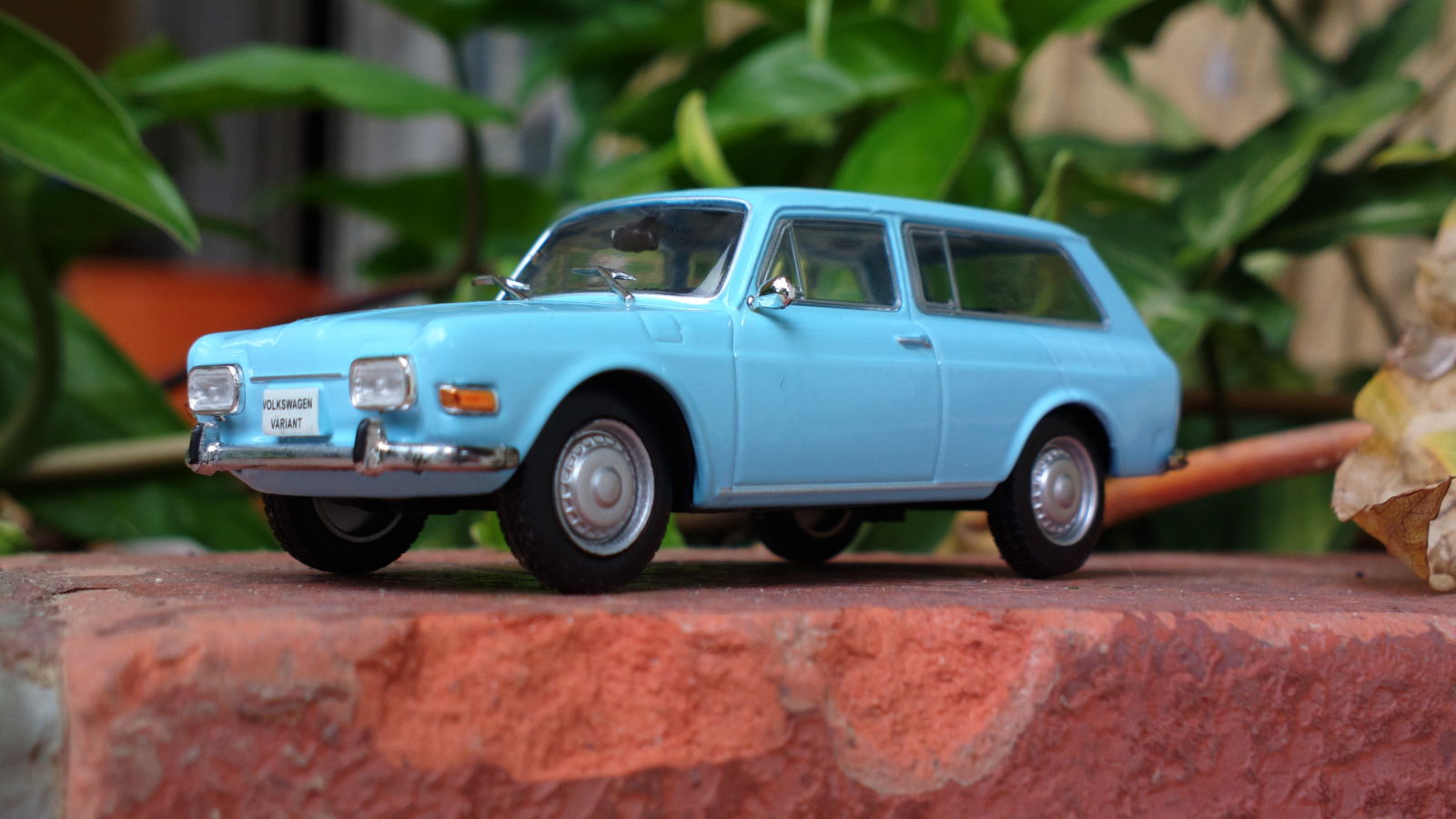
The engine was still the 1,600 cc air cooled unit, with an air fan attached to the crankshaft and two lateral carburettors. The engine was very flat, the reason VW could achieve such a big trunk even with a rear engine. It was also the first Brazilian cars to have double carburettors.
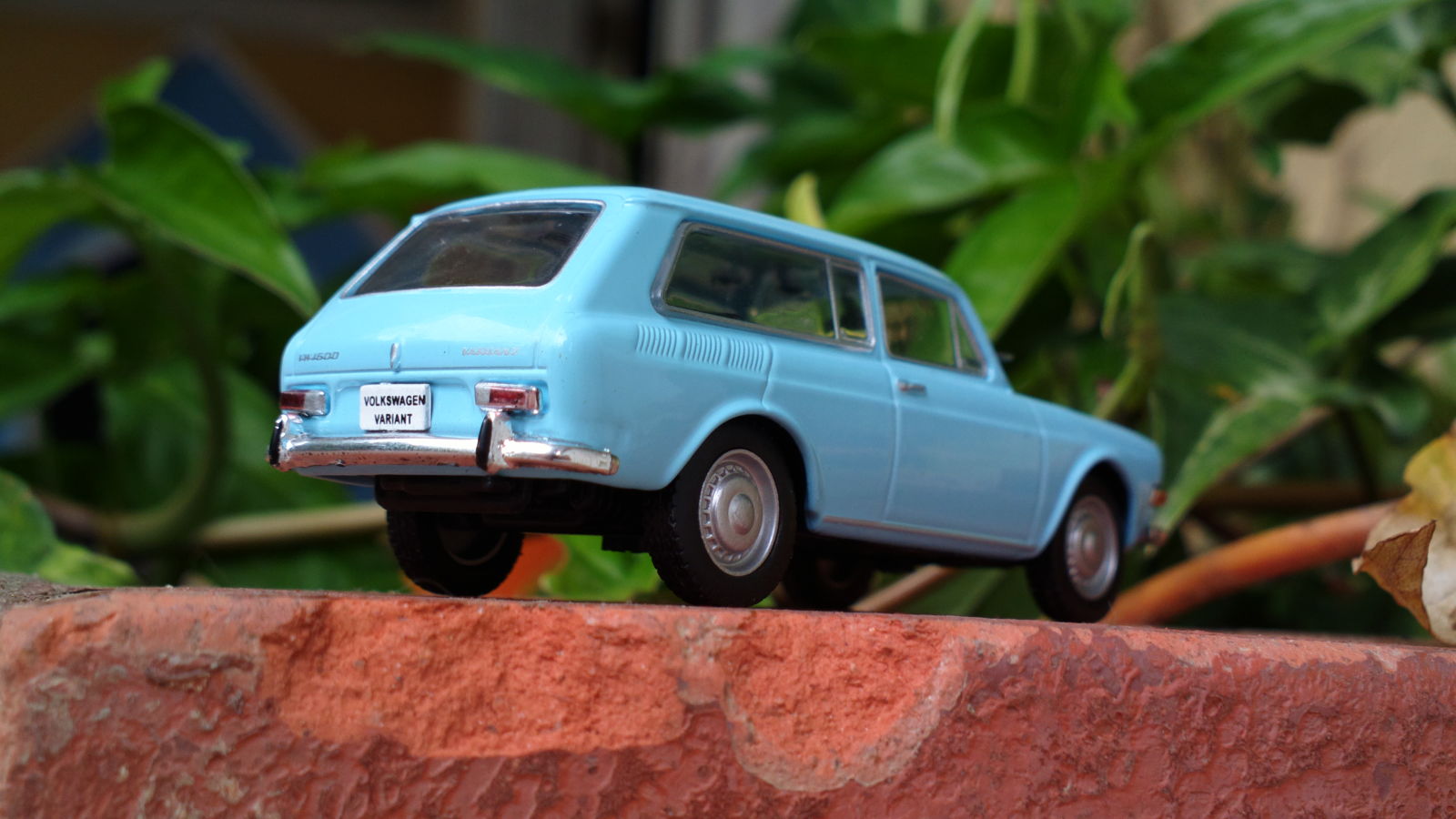
In 1970 Ford introduced the Belina, the wagon version of the Corcel, which quickly became Variant’s biggest competitor. However, being cheaper and air cooled, it easily outsold the Ford.
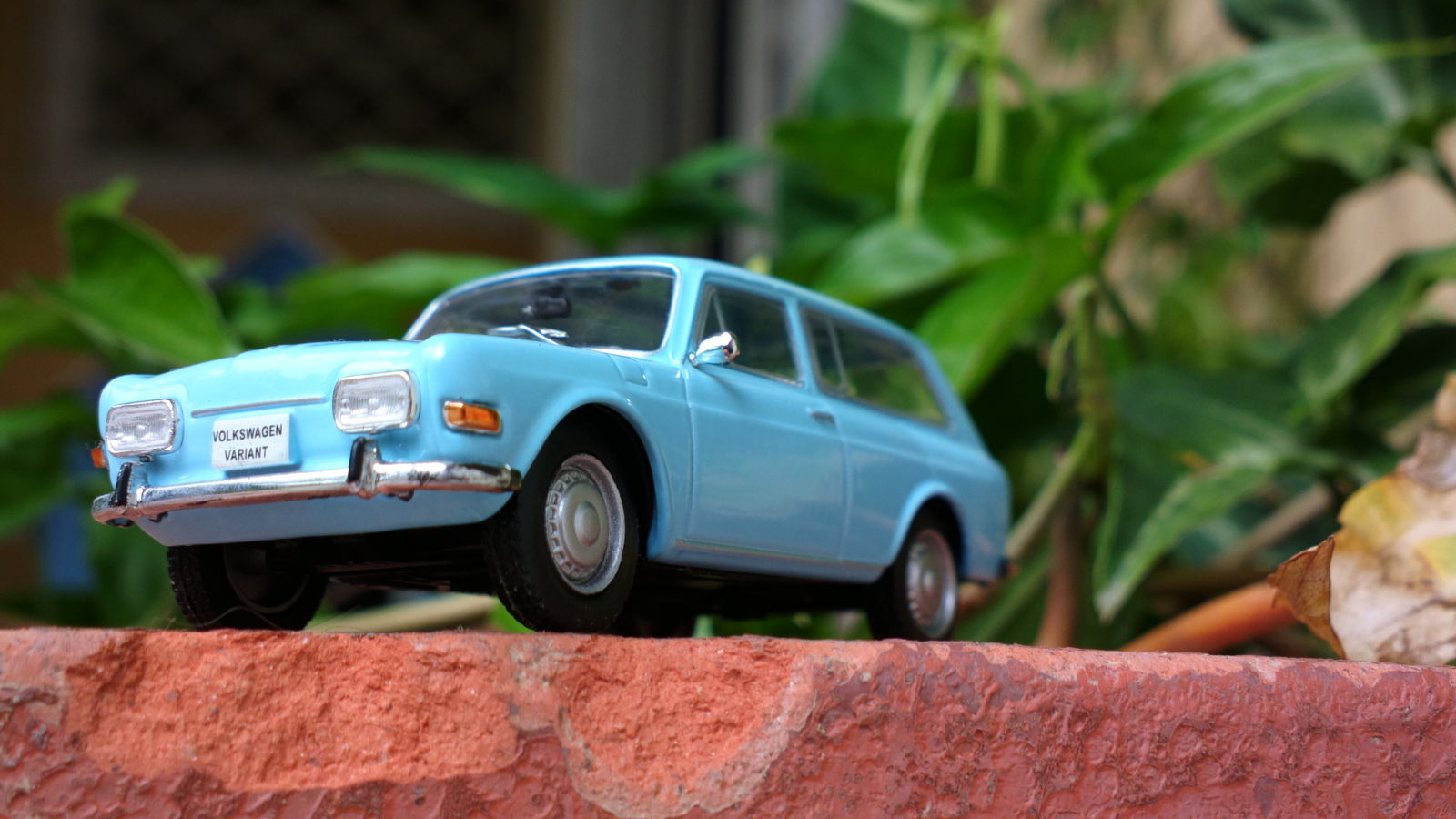
In 1971 it got the same new front as the Zé do Caixão, with four round lamps. It was made until 1977, when it was replaced by the Variant II, with the same design as the Brasília. In the end of its production, VW just celebrated more than 250k Variants made, an impressive mark!
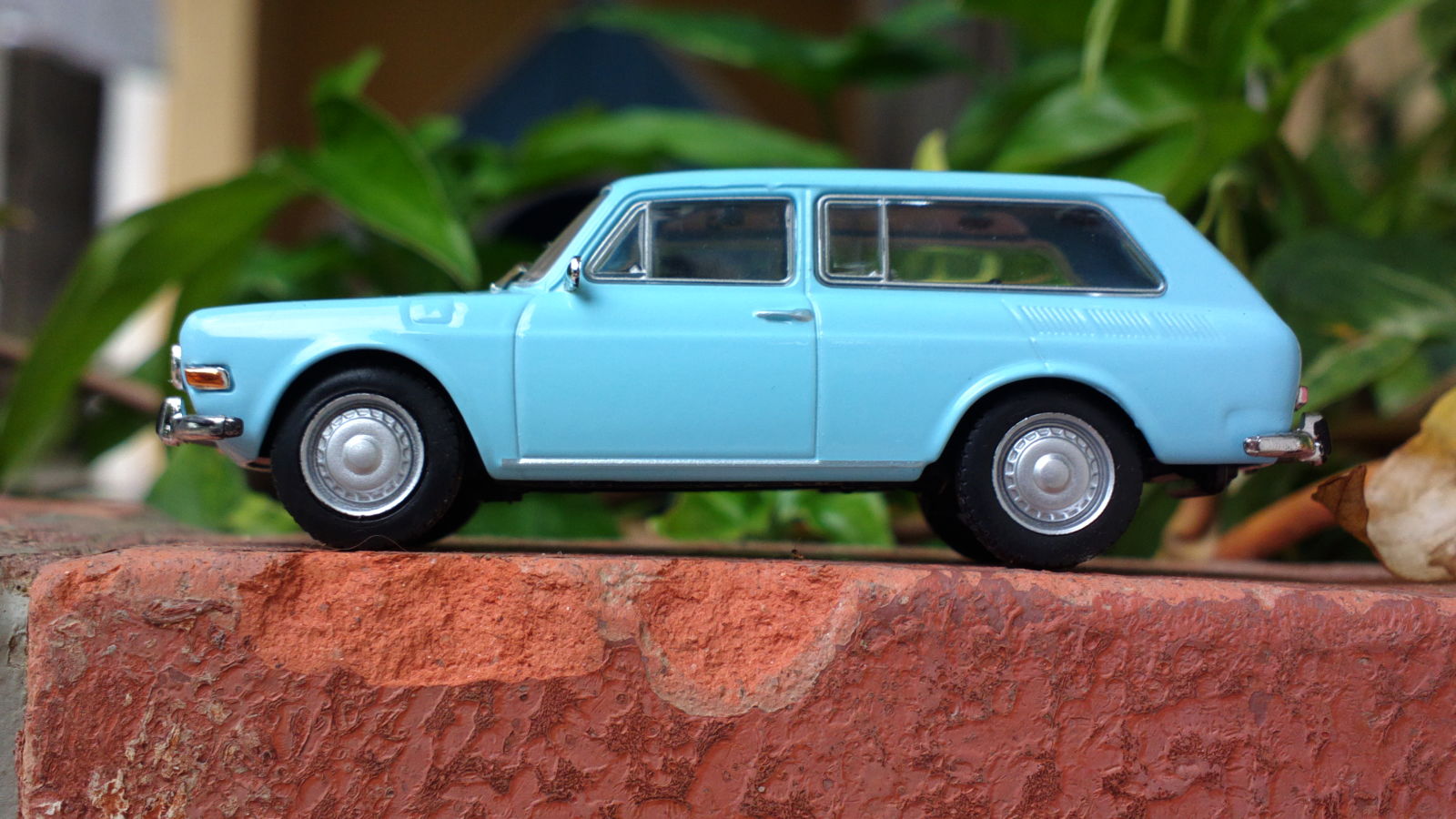
Parallel to the taxis and family wagons, in 1970 VW presented the TL, a gorgeous fastback coupé. Heavily based on the German Typ 3 Fastback, our TL had some minor differences, mainly the adoption of a more straight design, instead of the round and bulbous German one.
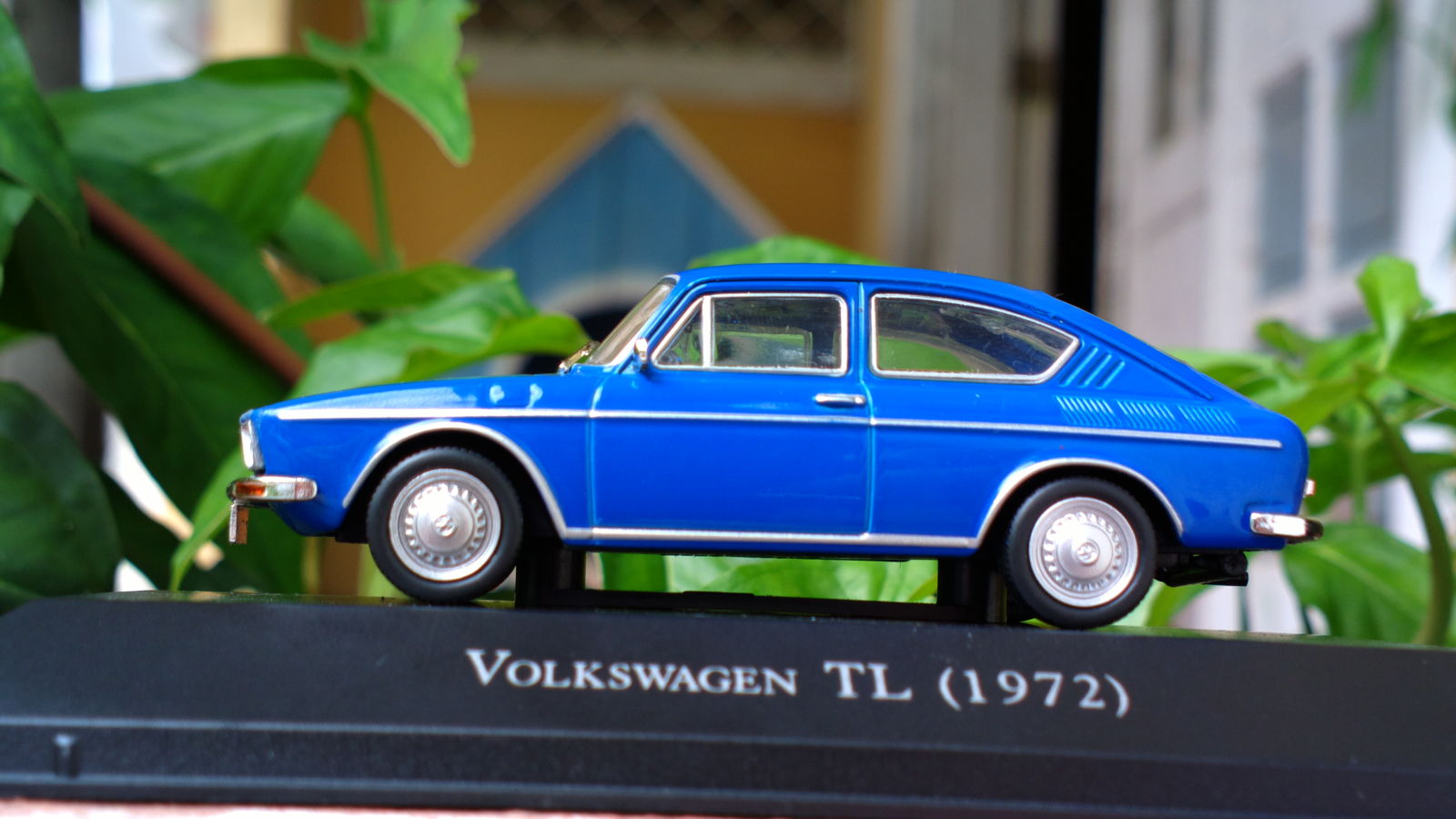
It used the same “pancake” engine as the Variant, which allowed the low rear profile. With the adieu of the Zé do Caixão, the TL was produced in its place. The TL was released with the same front as the rest of the family, four round lamps on a tall and square-y front, but it was redesigned for the much more appealing low front this model has.
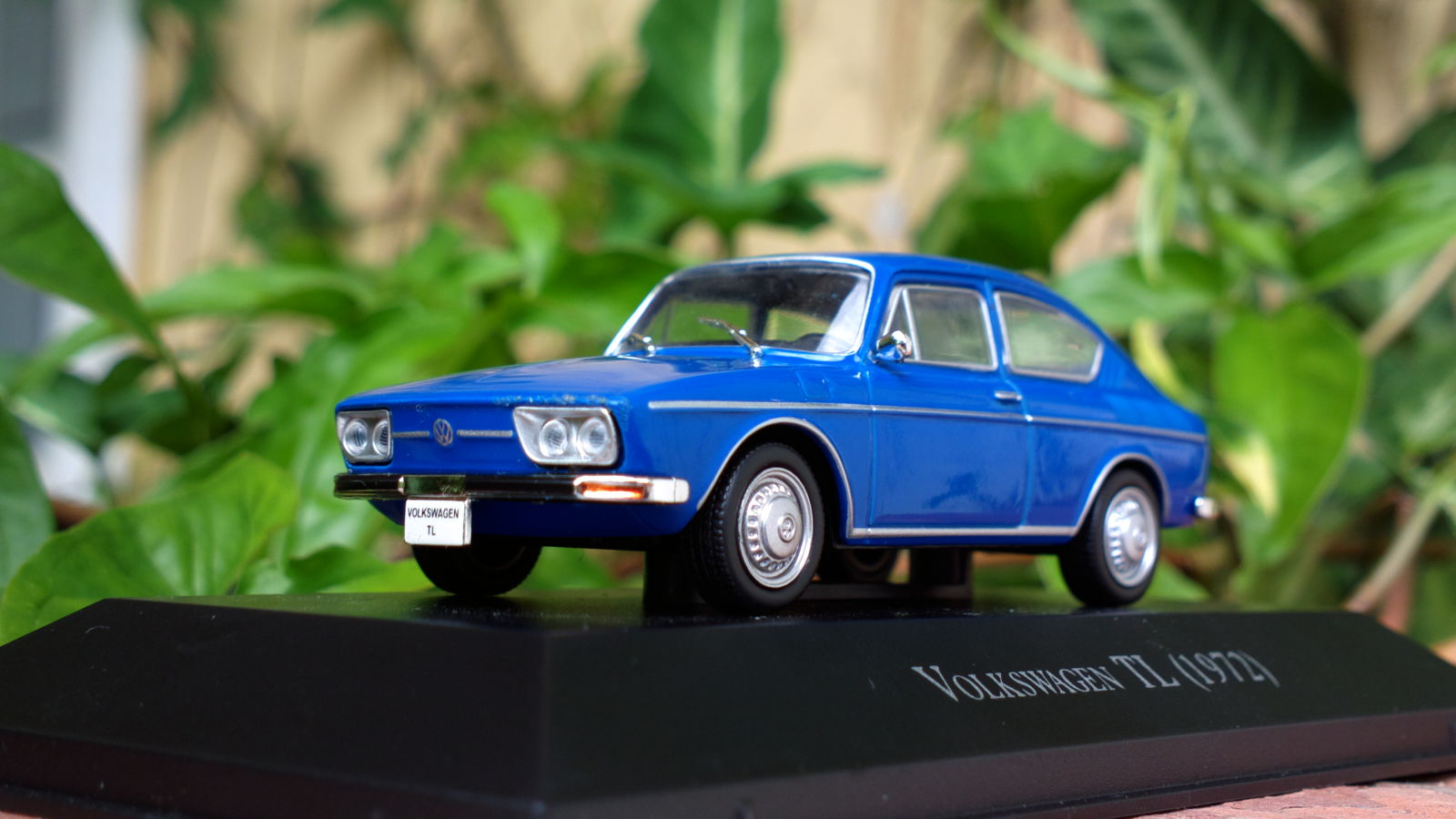
Also in ‘71 VW introduced a four door version, trying to appeal to Zé do Caixão fans and taxi drivers. During a time, more than half the TLs sold had four doors!
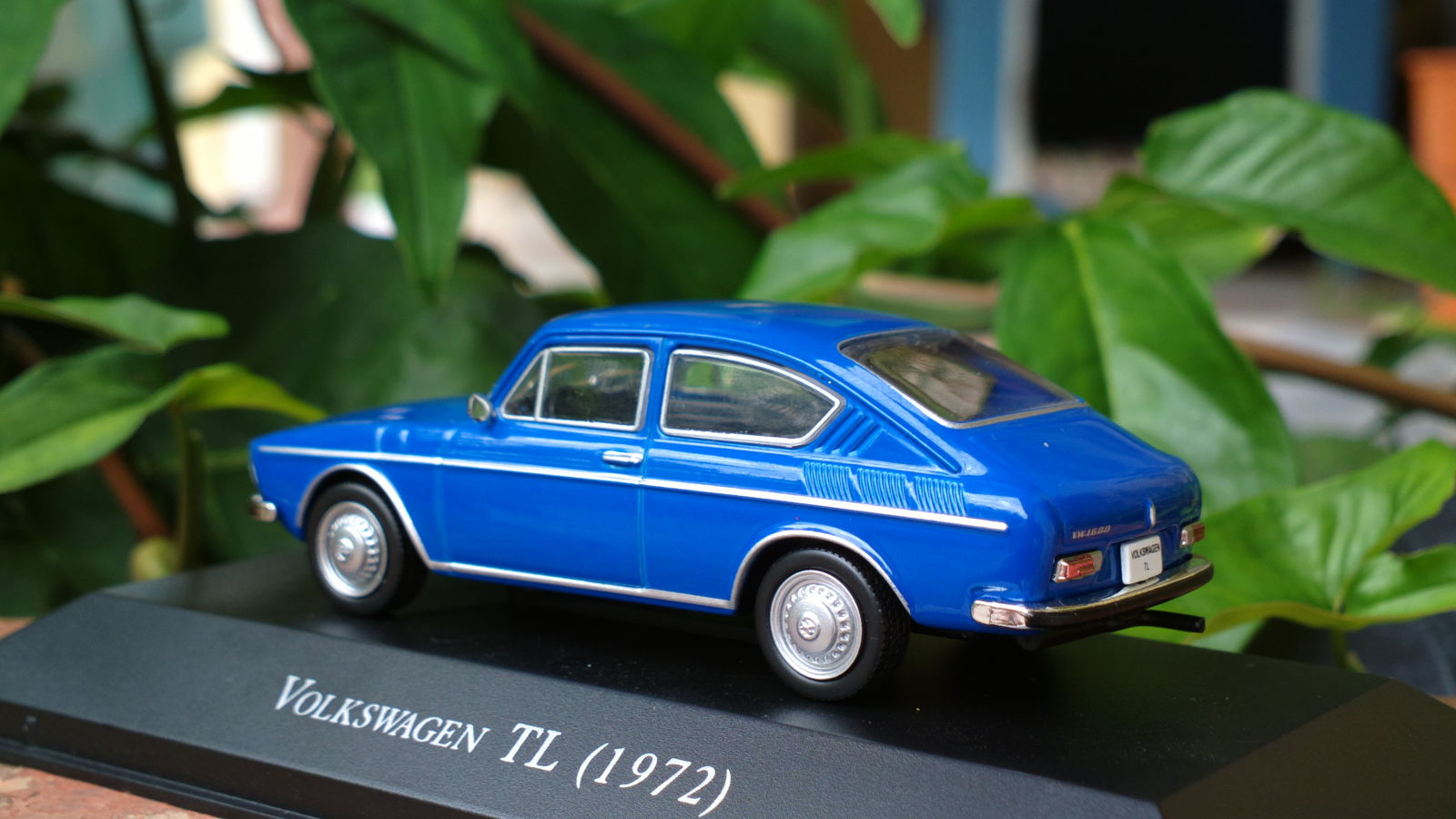
However it went away as quickly as it came. In 1974 with the début of the Passat on Brazilian market, a much more advanced car than the ancient air cooleds, fewer and fewer people wanted the older models.
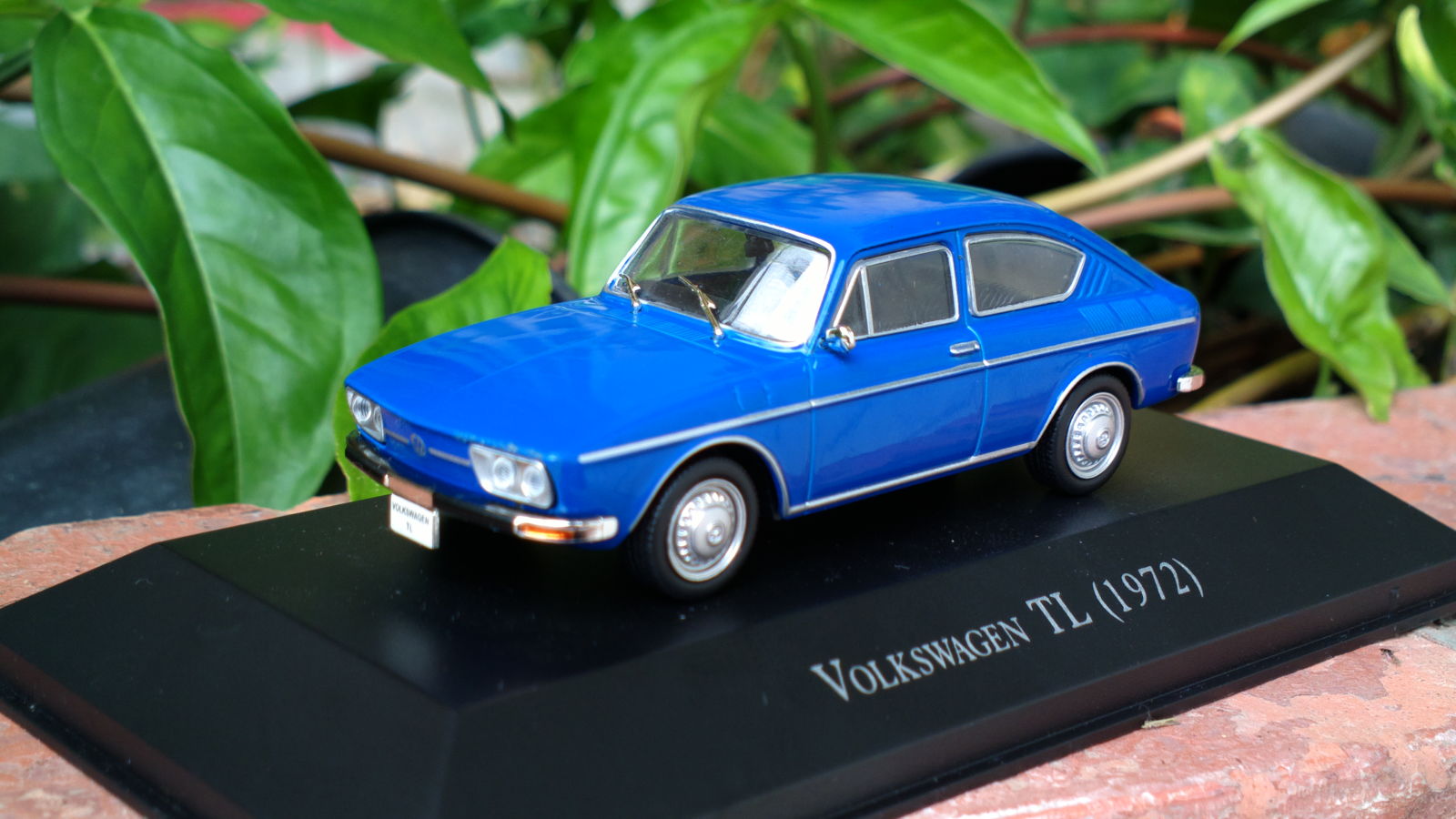
Finally, the SP2. Unrelated to the VW 1600 family, the SP2 was truly a unique car. The Karmann-Ghia was indeed an immense success, but with the appearance of the Puma, the KG was forgotten. VW wanted their sportscar market share back, so in late ‘69 they started what was internally called Project X. Like the SP2 couldn’t get any cooler, anything called project X is sub-zero cool, lol
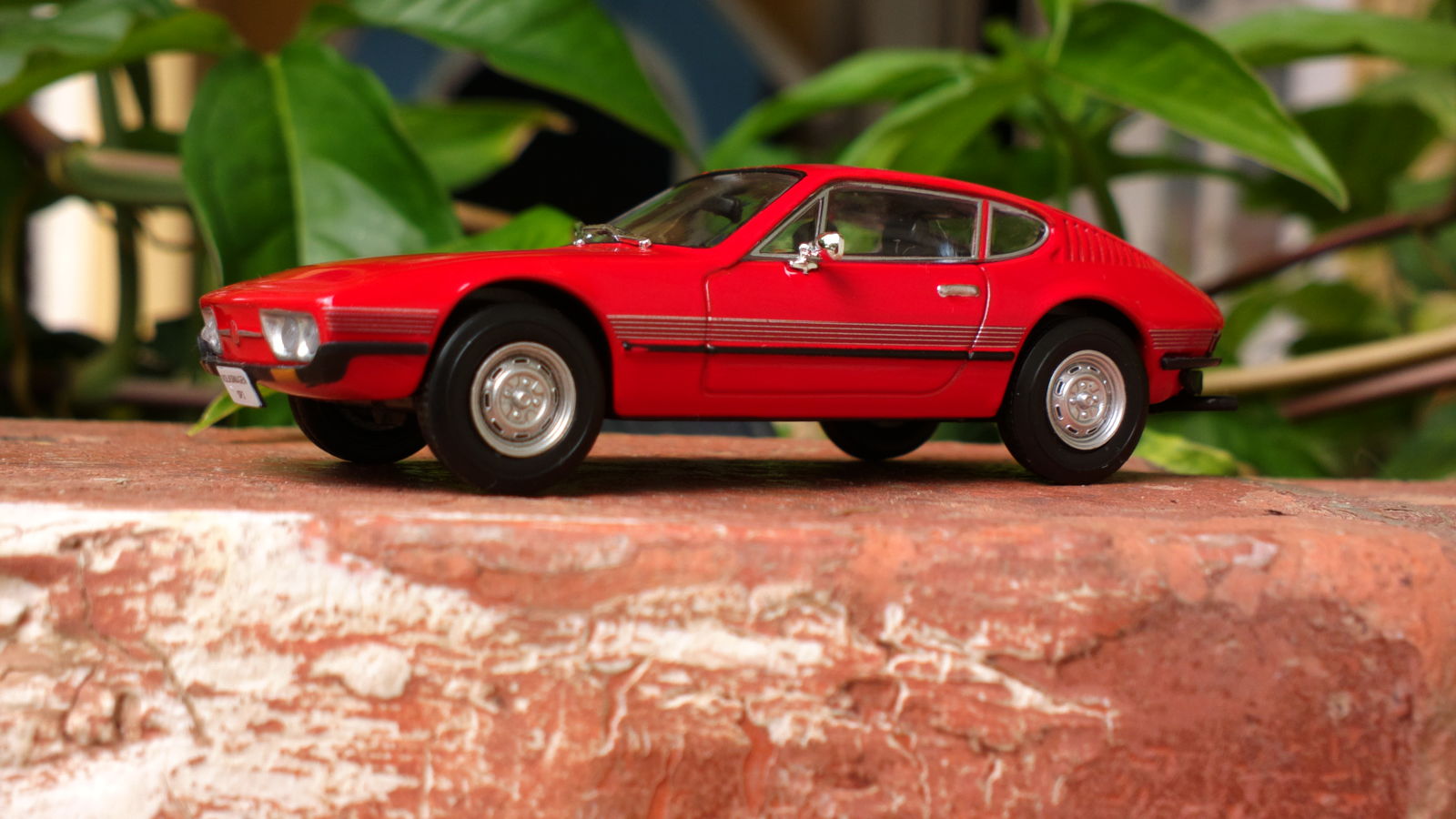
(Just as an addendum, I found those sketches of SP prototypes that are even more awesomer!)
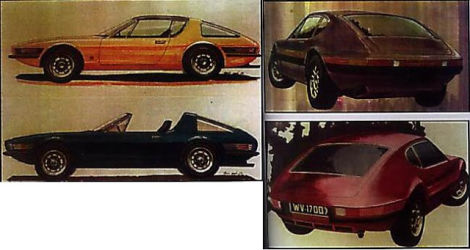
The first prototype was presented in Germany, in 1971, along with the Mercedes C111, and if it wasn’t because of that rotary ‘merc it would be the star of the show. After some road tests the car was released as the VW SP in 1972 in two versions: The SP1 had a 1,584 cc engine with 65hp and the SP2 had a bigger 1,678 cc engine good for 75 cv.
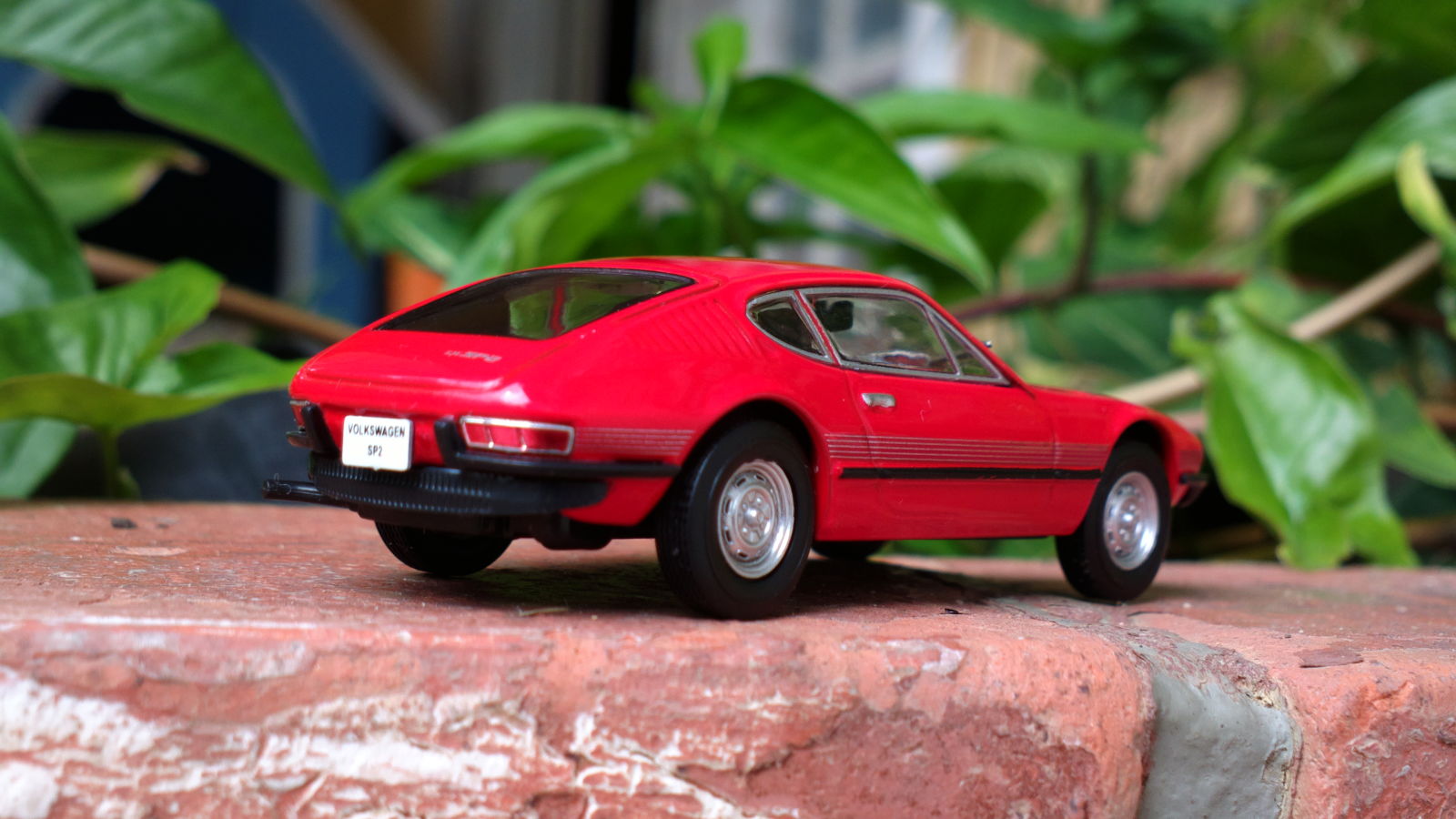
Nobody knows for certain how many SP1s were sold, but the most official figures are 84 units. Their cost was roughly the same, so nobody wanted a smaller engine. From the 80 or so sold, many had their engines replaced, so less than 10 SP1s remain in original state today.
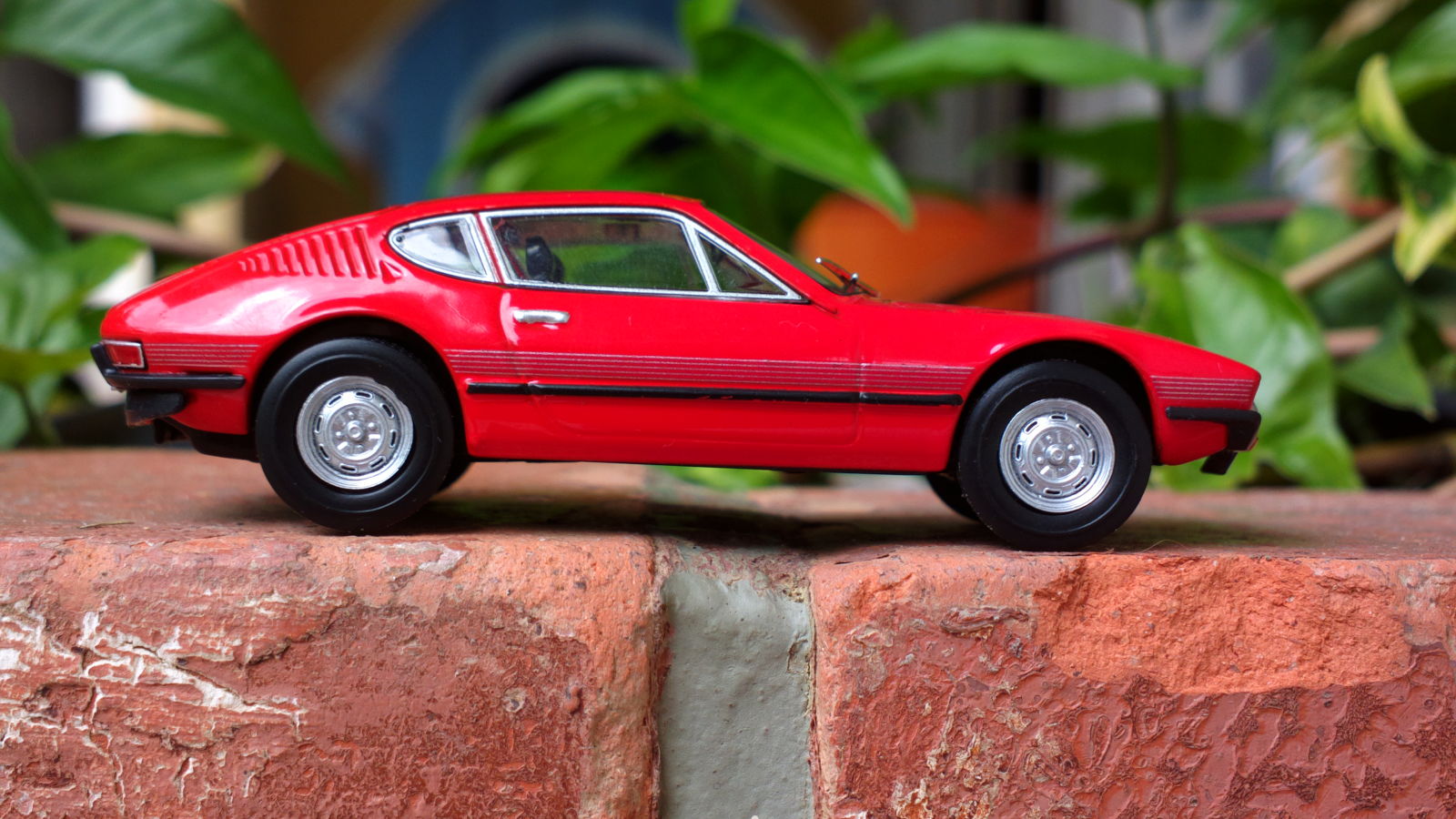
According to VWSP2Clássico, a blog dedicated to the SP, the German magazine Hobby classified it as the “most beautiful VW ever made” and Car and Driver “plead VW for it to be made worldwide”.
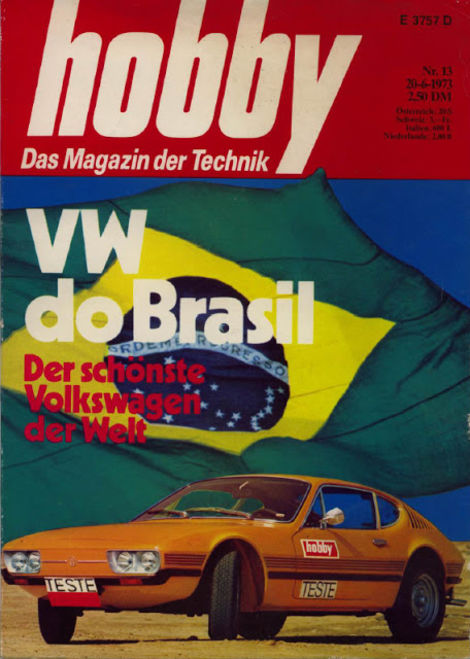
The SP1 and SP2 had trim differences too. The SP1 was upholstered on curvim, a type of artificial leather, while the SP2 had real leather. The SP1 hadn’t neither the central console and the “chromed moustache” in the front. The SP1 dash was very simple too: It had no clock, no engine thermometer and no courtesy light on the roof.

The SP was built on a Variant chassis, with disc brakes on the front and drums at the rear. It had two Solex 34mm carburettors, and the 75 hp could take it from 0 to 100 km/h (0-60 mph) in just 16.4 seconds! Blazing fast for the 70's! According to Quatro Rodas its top speed was around 150 km/h.
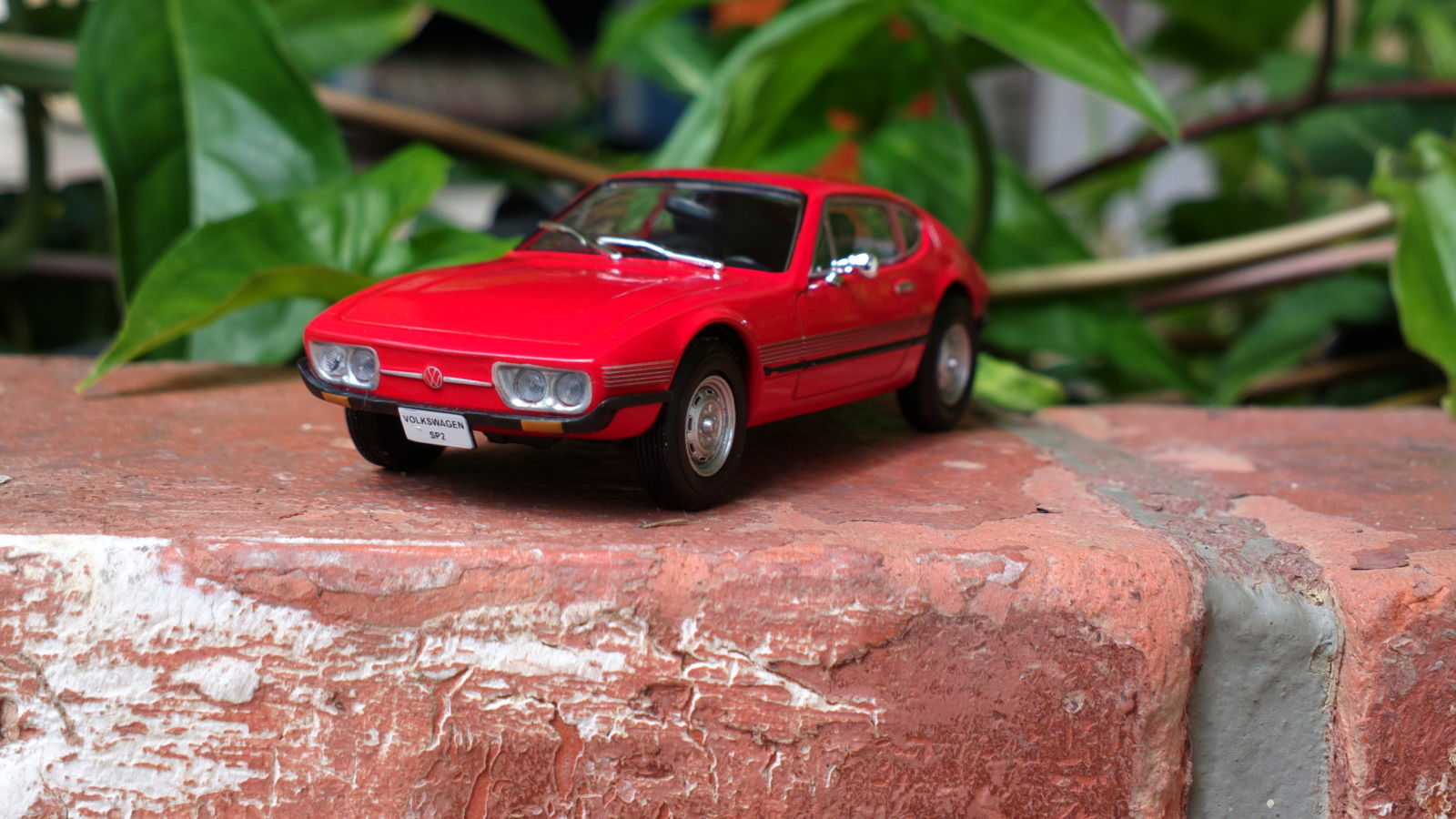
With only 1.158 meters of height, it was lower than a Karmann Ghia and even lower than a Porsche 914. Nothing ever beat it here, it’s the lowest Brazilian car ever made! Some say the SP2 was low enough to pass under parking lot gates, so with a SP2 you would never pay anymore to park on the mall. However, being less than 1.2m high made it lower than some semi-truck’s tires, so driving it on highways was terrifying!

Each passing year it got a new color pallete. Being a sports car meant it had to had screaming colors, and that was what happened. Even though it was expensive, more than 3000 were sold in the second half of 1972, when the SP1 production reached its end.
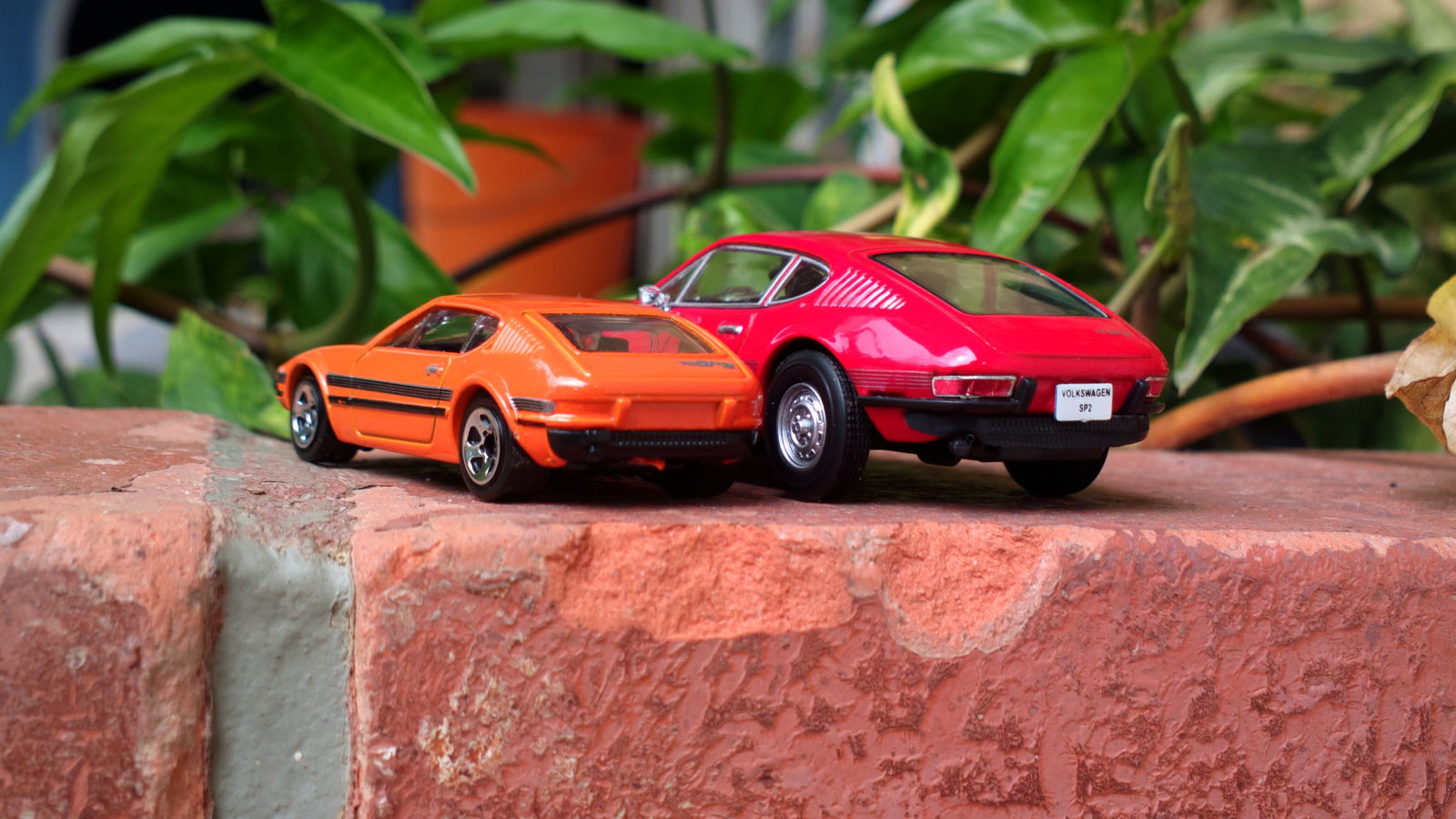
It was made until 1976, with a bit more than 10k units produced. Customs documents reveals that 670 units were exported for buyers on Bolivia, Chile, Mexico, Nigeria, Zaire, Saudi Arabia, Arabian Emirates and Kuwait. Due to extremely low front profile it didn’t passed US pedestrian safety regulations, so it couldn’t get to Uncle Sam’s roads.
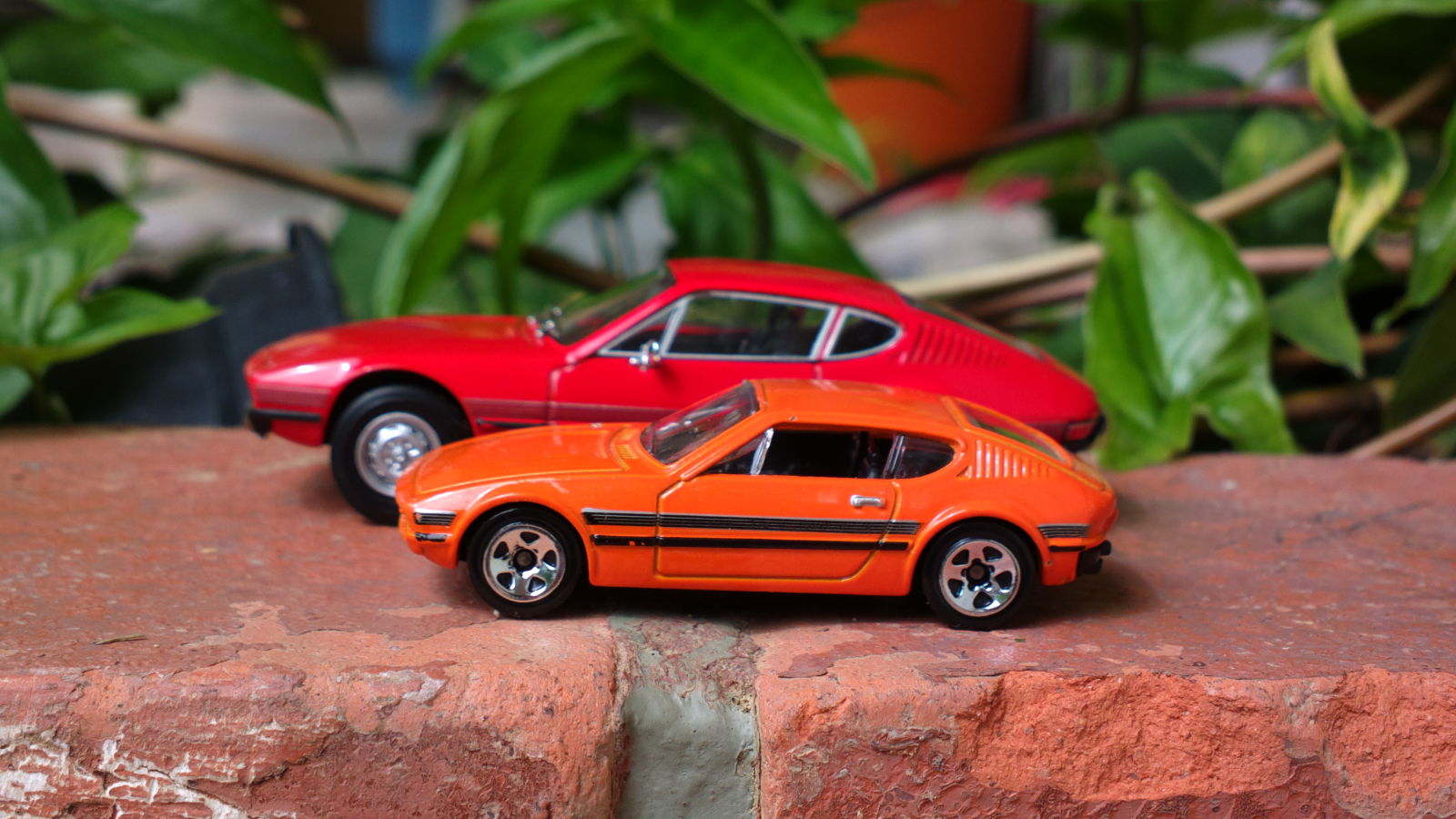
Finally, VW made some prototypes for the SP3, much more modern and with the watercooled engine from the Passat TS. Sadly it never saw the light of the day, and these are its only photos
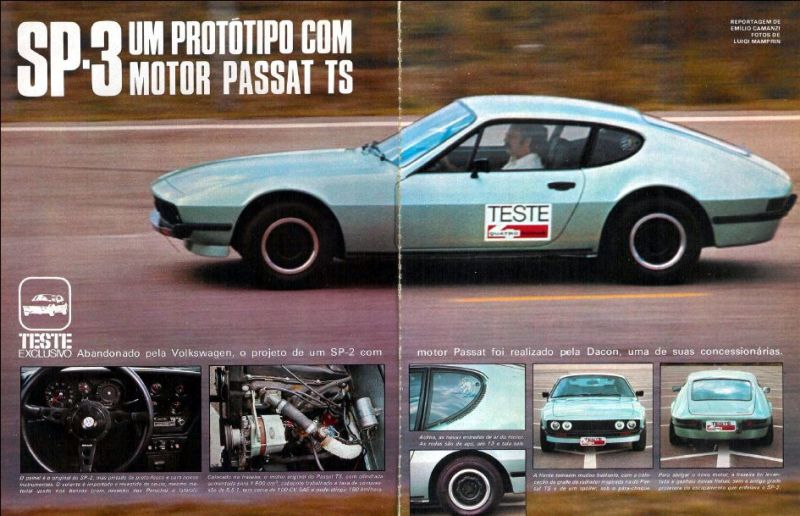
Sources:
Carplace: Carros para sempre: A vida curtíssima do VW 1600 Zé do Caixão
Best Cars Website: Carros do Passado: VW 1600, Variant, TL e Brasília
VW SP2 Clássico: História do Volkswagen SP2
VW SP2 Clássico: Protótipo VW SP3